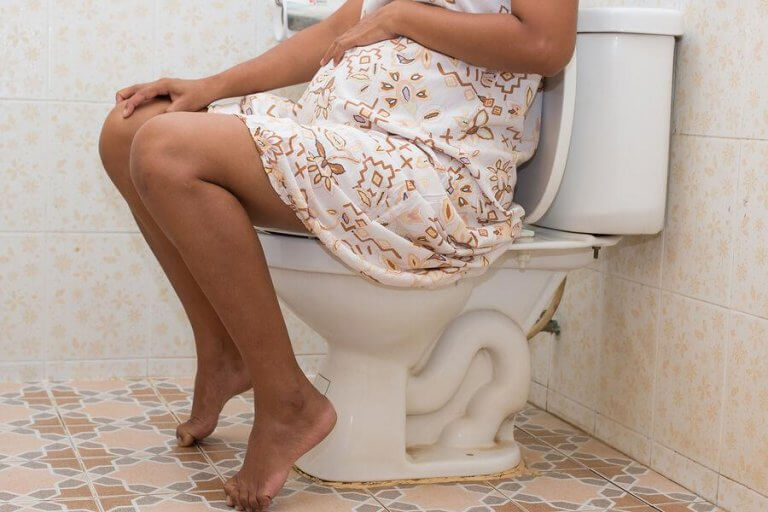


Your midwife will need to use their professional judgement as well as the local policy of the hospital or birth centre you are attending. But there is no single definition of the point at which active labour begins (Hundley et al, 2017). Your midwife will talk to you about how many contractions you are having. progressive cervical dilatation from 4 cm.For this reason, early or latent labour is almost impossible to define (Enkin et al, 2000). While some women experience lots of sensations in the run up to active labour, others will have a quick onset. There is no ‘normal’ path and you may have a very different experience to friends and family who have given birth. Some women say they’re like strong menstrual cramps that gradually become stronger, longer and closer together (NHS, 2017a). What does active labour vs early labour feel like?įor most women the early cramps and niggles will develop into stronger sensations. Most women describe these contractions as very painful while others say they are intense or overwhelming (Baker et al, 2001). occurring every 5 minutes or less in active labour.The NHS suggests phoning your midwife for guidance if you experience the following signs: There is no universal agreement about when the latent stage of labour ends and established labour begins (Hundley et al, 2017). A couple of studies say that women who stayed at home during their latent stage described a ‘sense of power’ that stayed with them throughout labour (Lauzon et al, 2001 Carlsson, 2011). Women who spend less time on the labour ward, are less likely to receive syntocinon, they feel more in control and have less need for pain management drugs. Many women feel anxious about remaining at home (Nolan, 2011 Gutteridge, 2013). How long should I stay at home in the latent/early stage of labour? Your baby’s actions, position and stage of maturity might also influence your progress towards labour. This is why some women try using relaxation and breathing exercises. So that means experiencing fear or stress makes you more likely have a labour that slows down or stops (Buckley, 2011). And your emotions and the external environment can influence your hormonal activity. It’s not known exactly what starts off labour but natural hormones (mainly oxytocin) in your body control your contractions. Watch our video to find out what to expect and what you might feel as labour starts. Your birth partner can help you too by offering support and encouragement (NHS, 2017b). It’s also good to distract yourself with activities that you find fun and relaxing, such as having a bath or meeting a friend for a gentle stroll (NHS, 2017a). It can help to take this opportunity to rest and nourish yourself with food that’ll sustain your energy. You’ll probably be at home during this stage (NHS, 2017a NICE, 2017). It’s good to remember though that these symptoms could be related to the growing weight of your baby or a stomach upset. loose bowels or the urge to go to the toilet more often.The NHS say that women could also experience: Feeling unusually energetic or ‘nesting instinct’ behaviours (cleaning and organising things, and being selective about who you want to be around) (McCormick, 2003 Anderson and Rutherford, 2013).Mucus plug discharge: the plug of clear mucus (‘show’) released from your cervix, perhaps with a streak of blood, although this doesn’t always happen until later in labour (McCormick, 2003 Becher, 2010 NHS, 2017a).While they’re not reliable signs and they do vary between women (McCormick, 2003), here’s what you might notice: This is because changes are taking place in your body as it prepares for birth. For up to a week before labour starts, you might notice that you’re feeling a bit different.


 0 kommentar(er)
0 kommentar(er)
